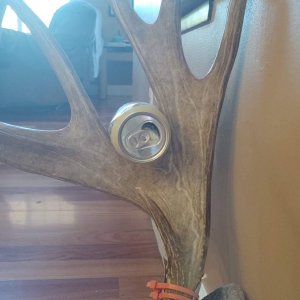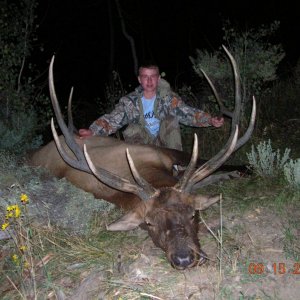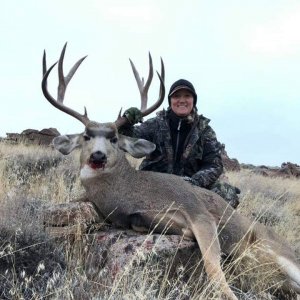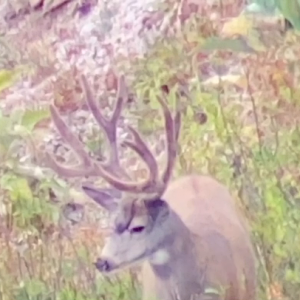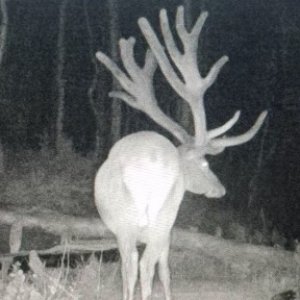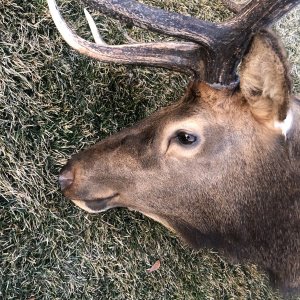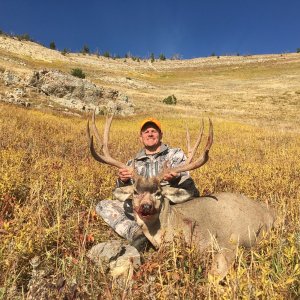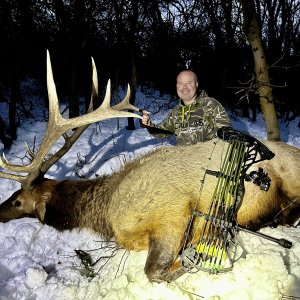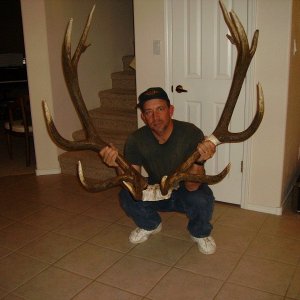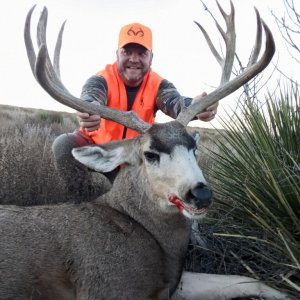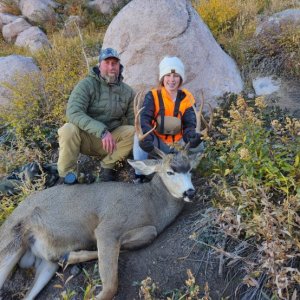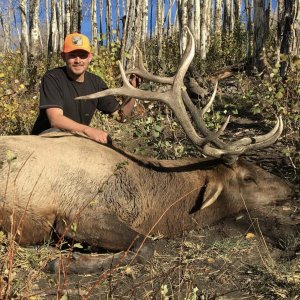We all want a better Muley experience on all levels
Micro-management should help
We all know that deer numbers have to increase
I'm concerned about the lack of habitat improvement that would allow this to happen
cheatgrass and thistle have taken over without any mitigation
The BLM habitat project on our mountain only was targeted to produced grass for cattle but it mostly just brought in new invasive thistle. It seems that the BLM and Us Forest are ONLY concerned with cattle production. The mountain I hunt on is overran with cows.
I don't see anything getting better until managers acknowledge the need to improve deer habitat. This fall before the deer hunt, I took a wheeler ride on Salina Mountain. I rode 4 hours through beautiful deer country ...never seen a deer.
Here is my question?????
It would be nice to get a statewide survey.
How is the habitat for deer in your area. Is cheatgrass invading? Is grazing the main focus of your land managers?
Cove and Monroe Mountain> thistle and cheatgrass invasion with overgrazing
Pahvant> overgrazing, lots of fires with cheatgrass invasion
Mineral Mountains> devastating fires, cheatgrass & cricket invasion
no rehab for deer in these areas
Micro-management should help
We all know that deer numbers have to increase
I'm concerned about the lack of habitat improvement that would allow this to happen
cheatgrass and thistle have taken over without any mitigation
The BLM habitat project on our mountain only was targeted to produced grass for cattle but it mostly just brought in new invasive thistle. It seems that the BLM and Us Forest are ONLY concerned with cattle production. The mountain I hunt on is overran with cows.
I don't see anything getting better until managers acknowledge the need to improve deer habitat. This fall before the deer hunt, I took a wheeler ride on Salina Mountain. I rode 4 hours through beautiful deer country ...never seen a deer.
Here is my question?????
It would be nice to get a statewide survey.
How is the habitat for deer in your area. Is cheatgrass invading? Is grazing the main focus of your land managers?
Cove and Monroe Mountain> thistle and cheatgrass invasion with overgrazing
Pahvant> overgrazing, lots of fires with cheatgrass invasion
Mineral Mountains> devastating fires, cheatgrass & cricket invasion
no rehab for deer in these areas

